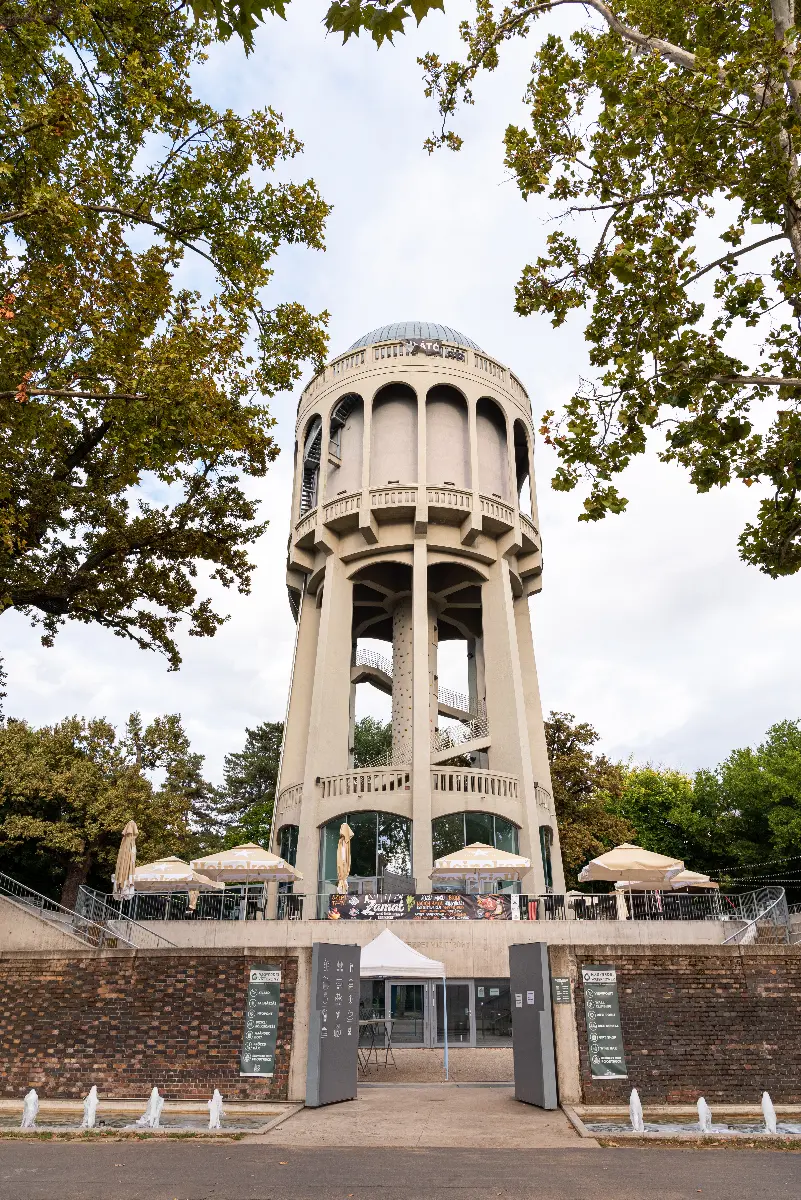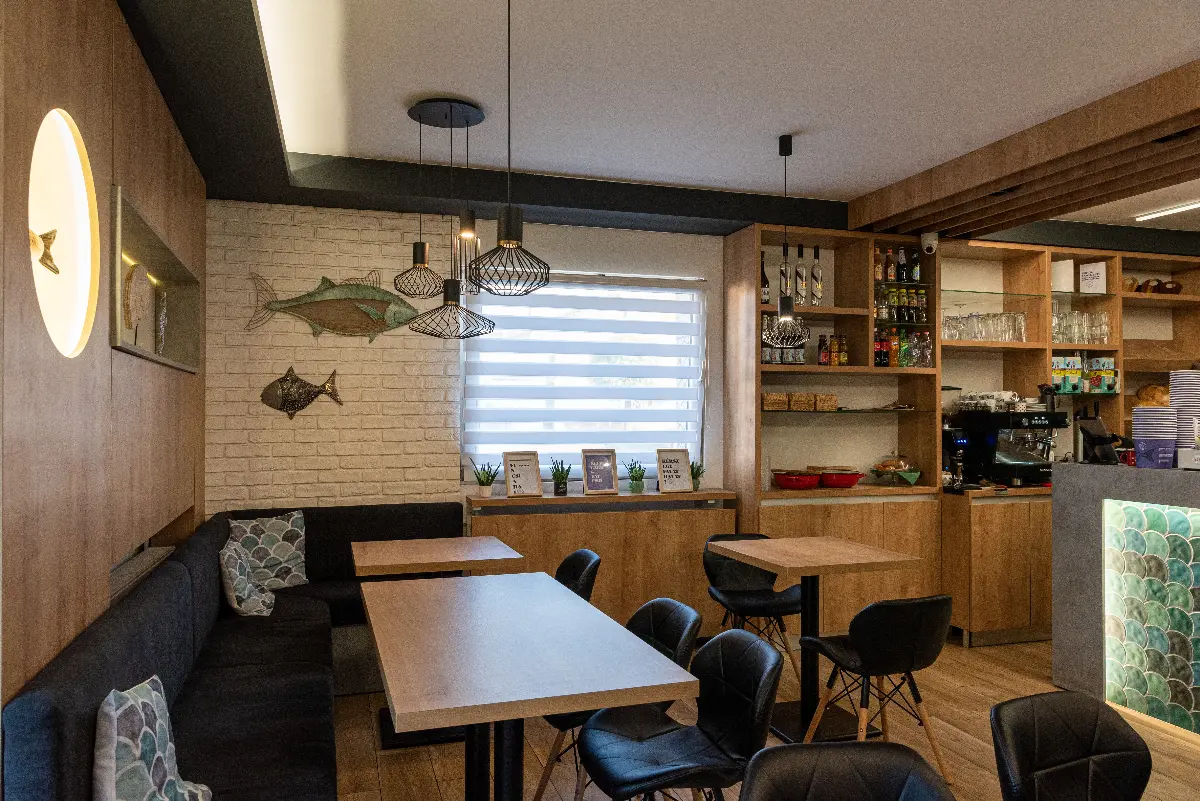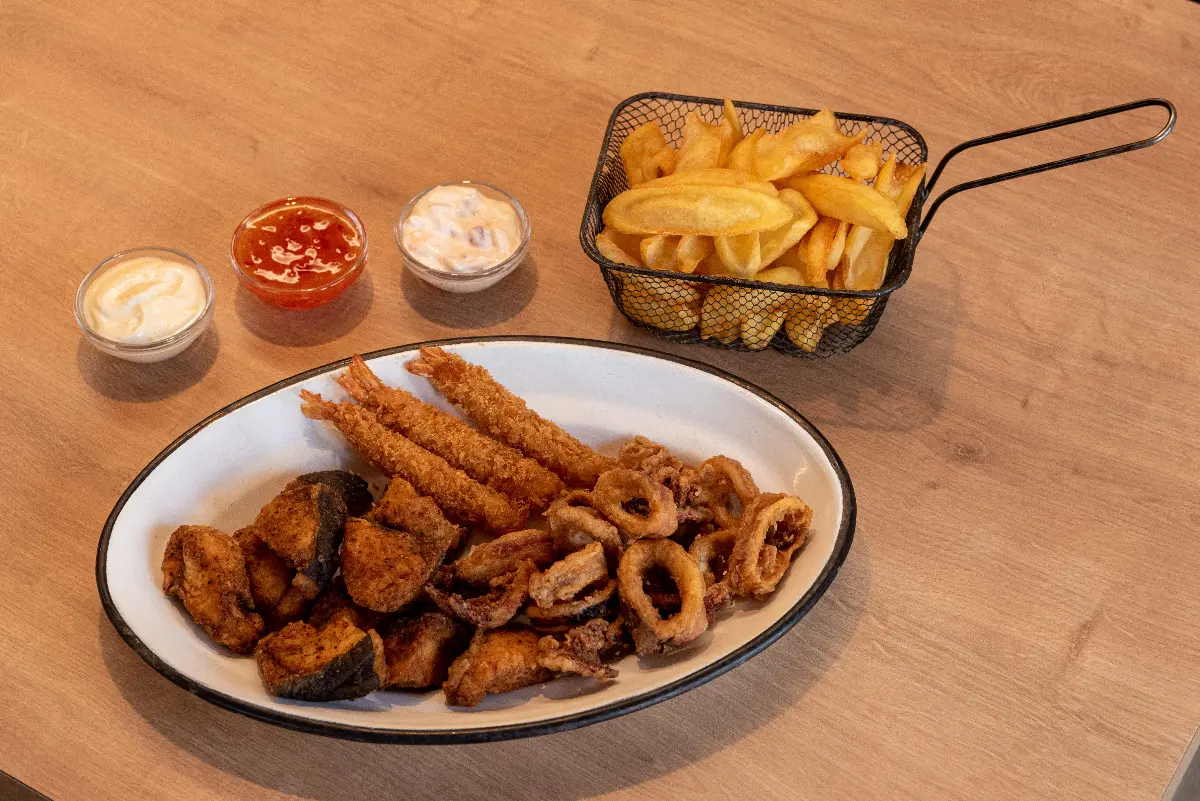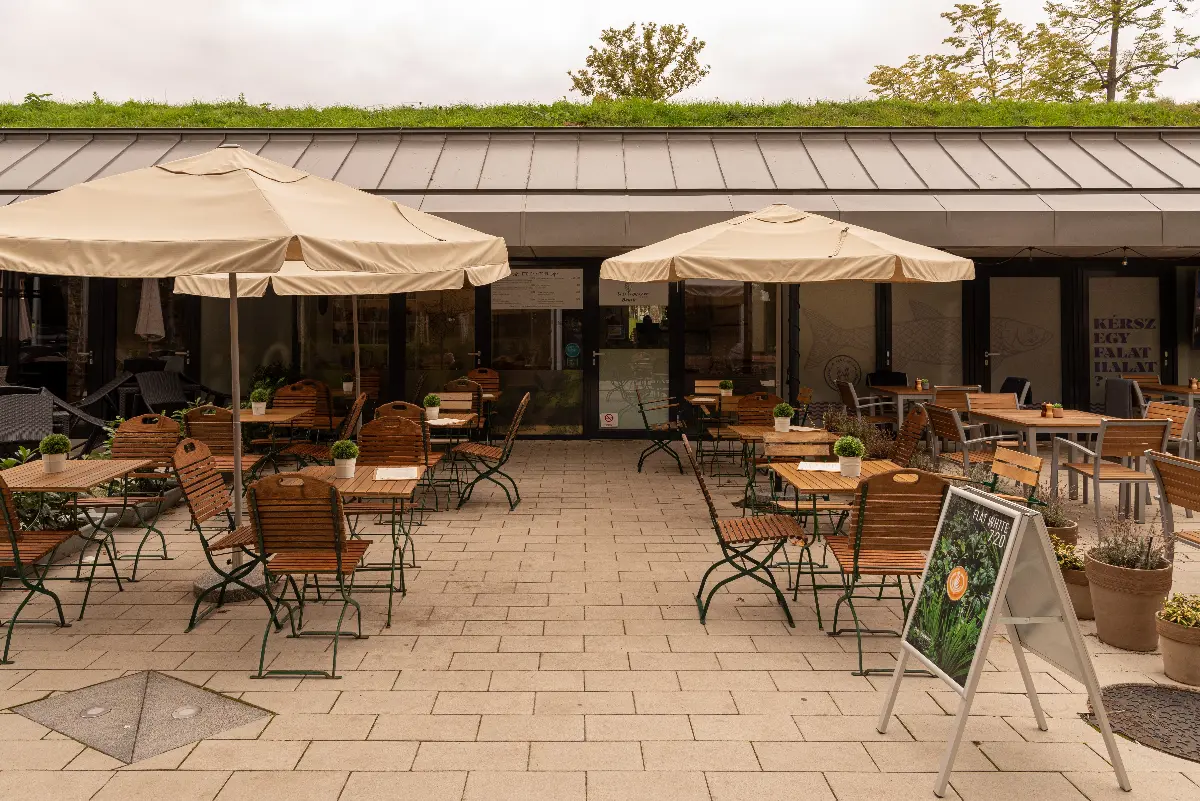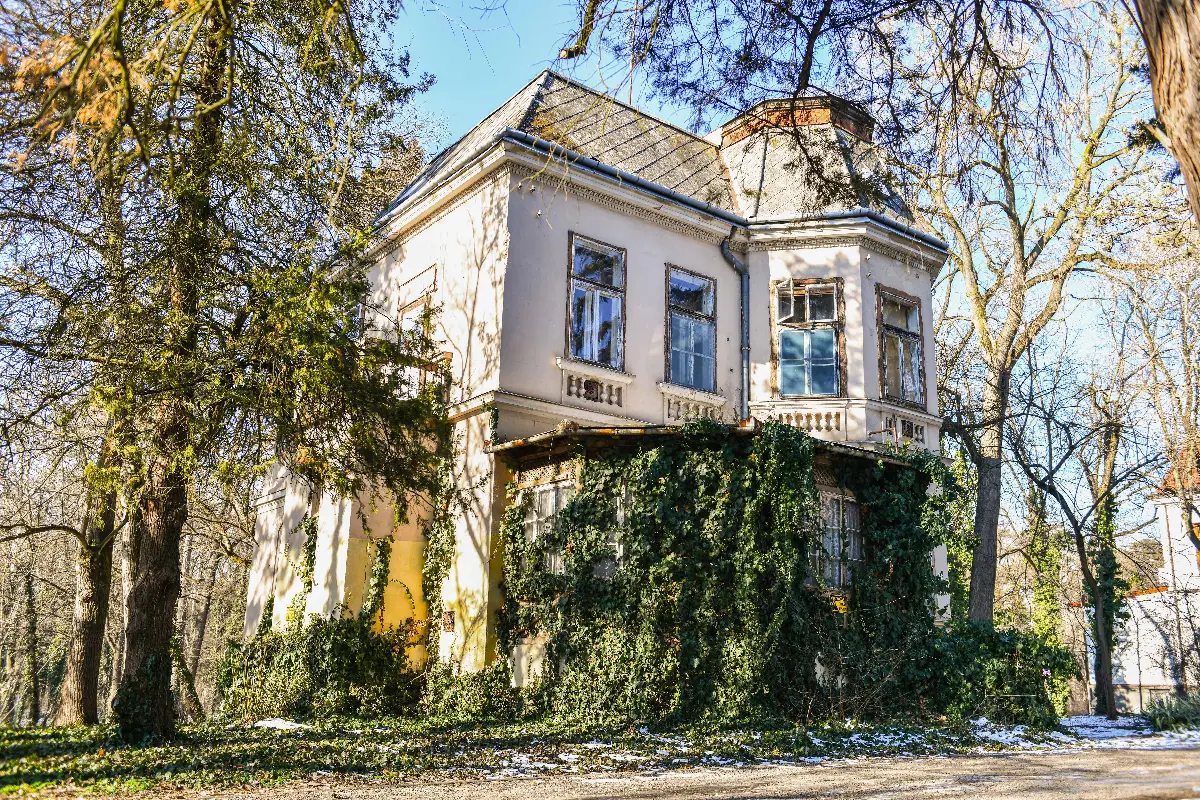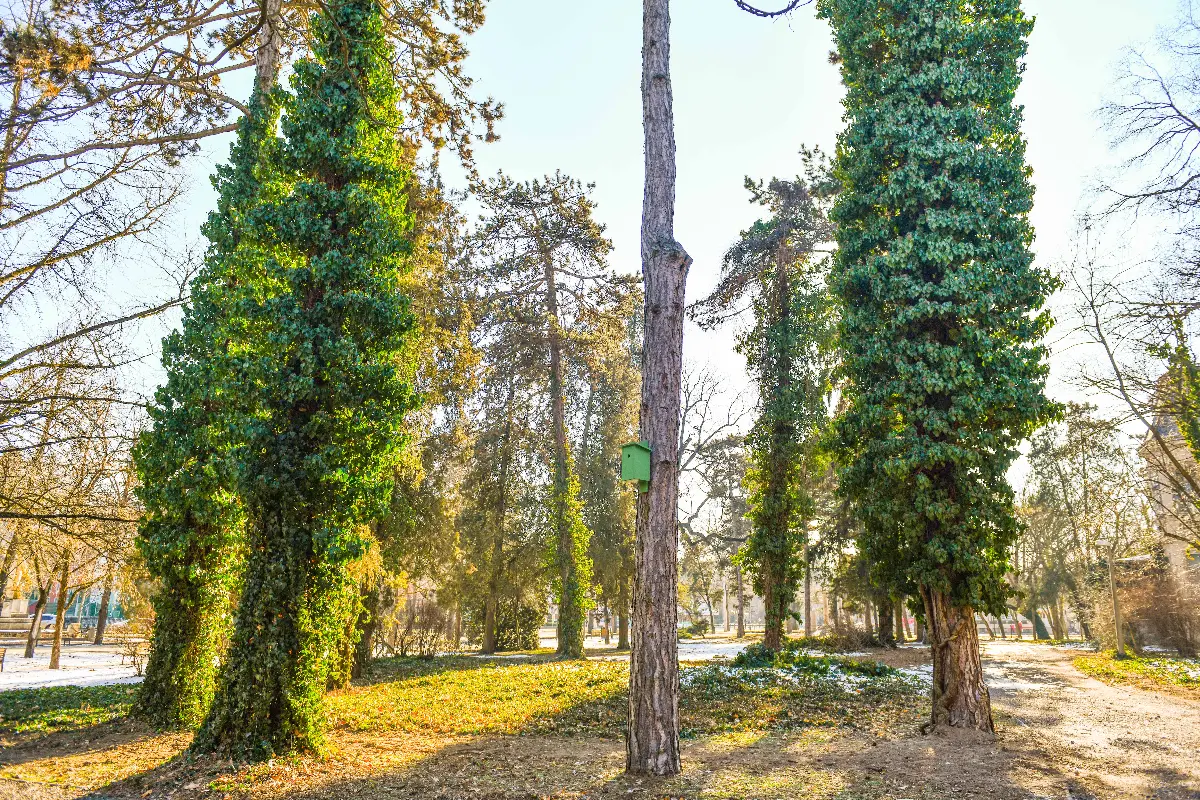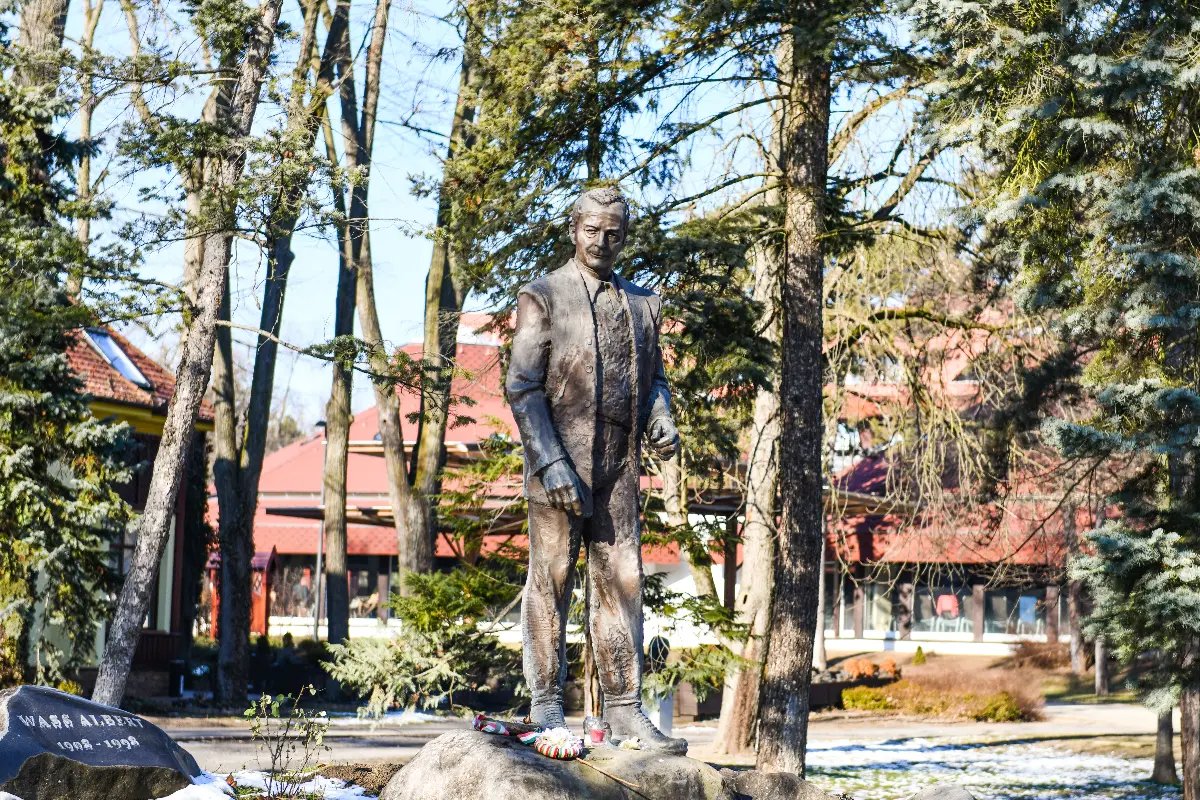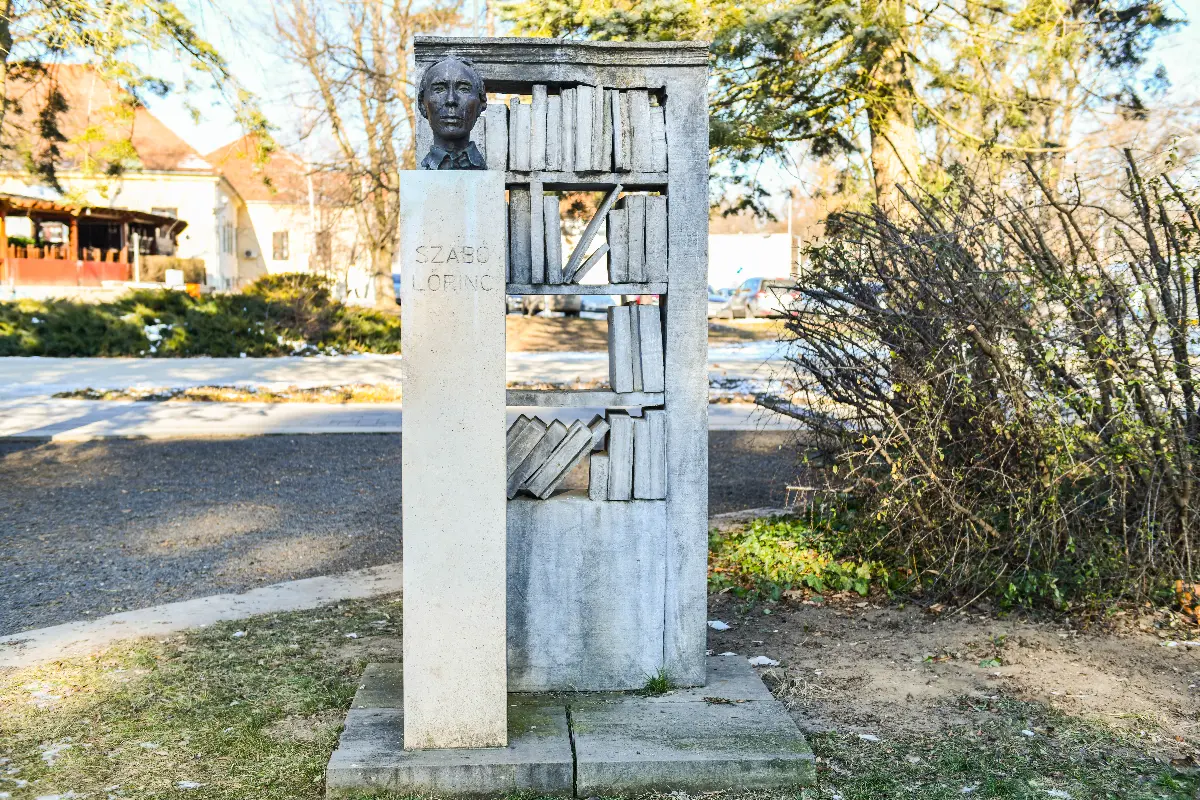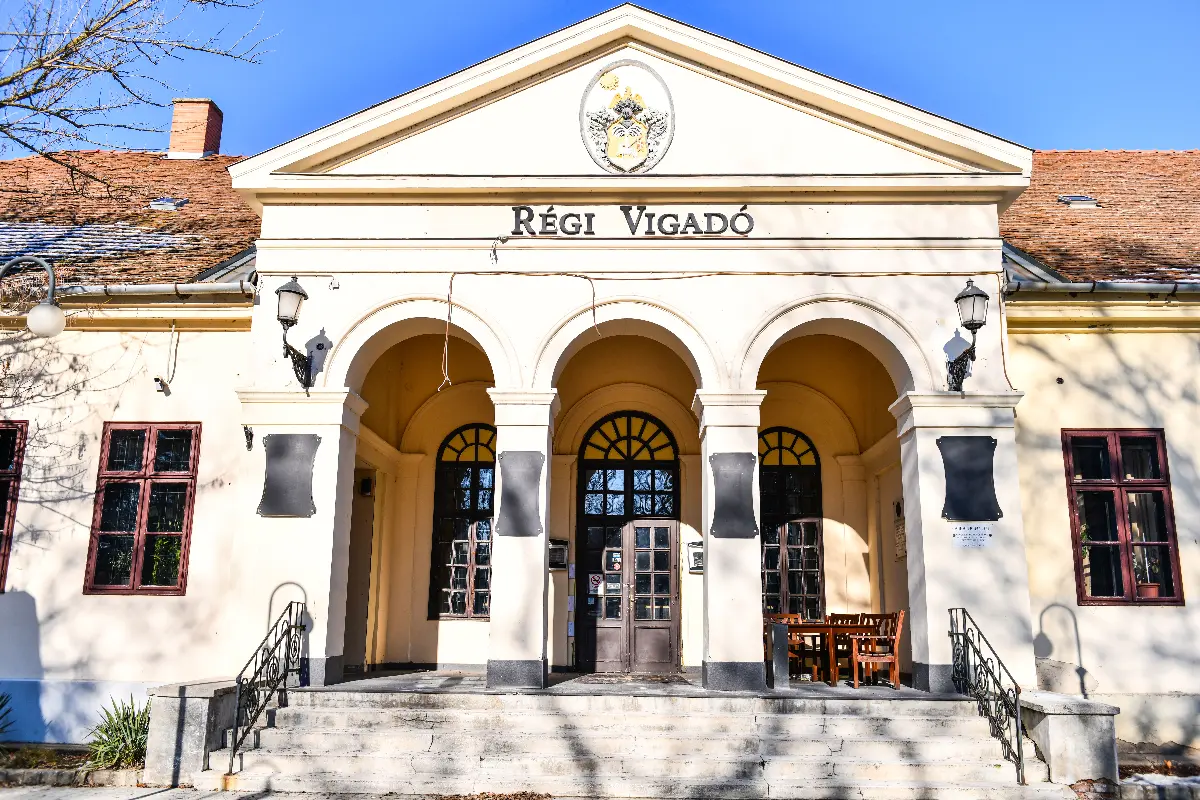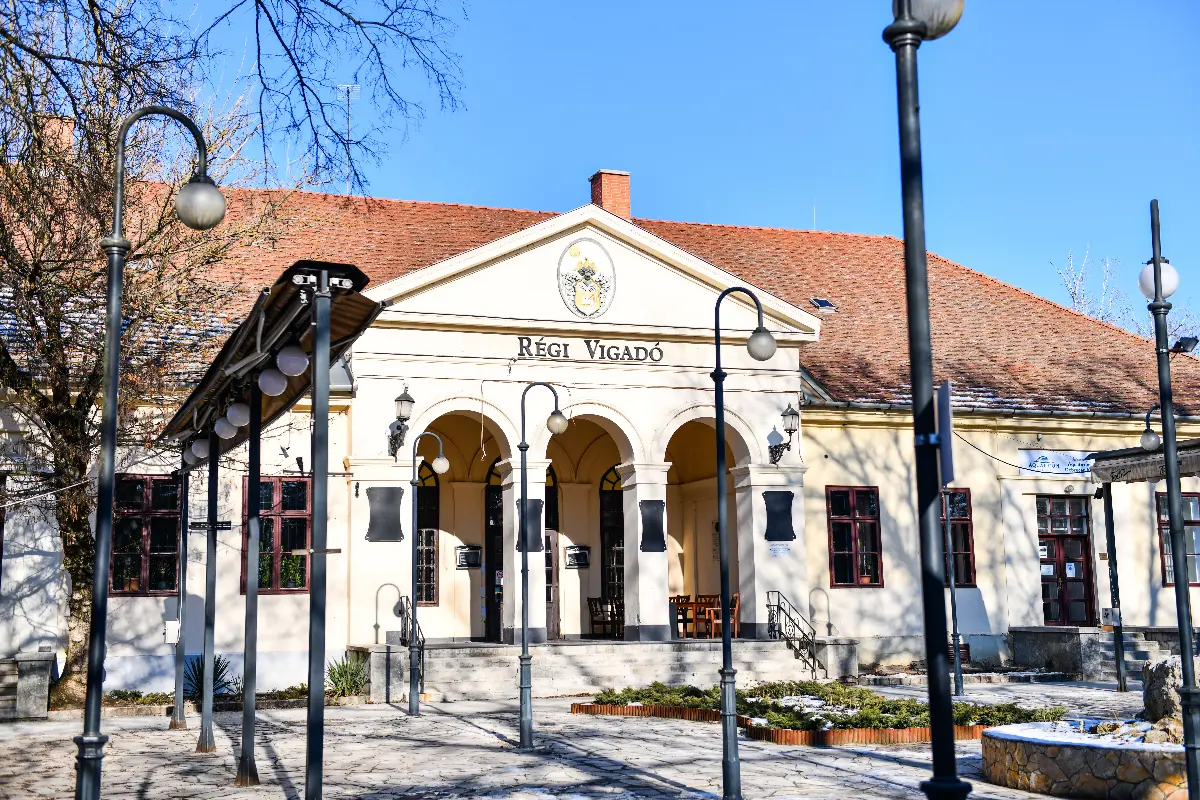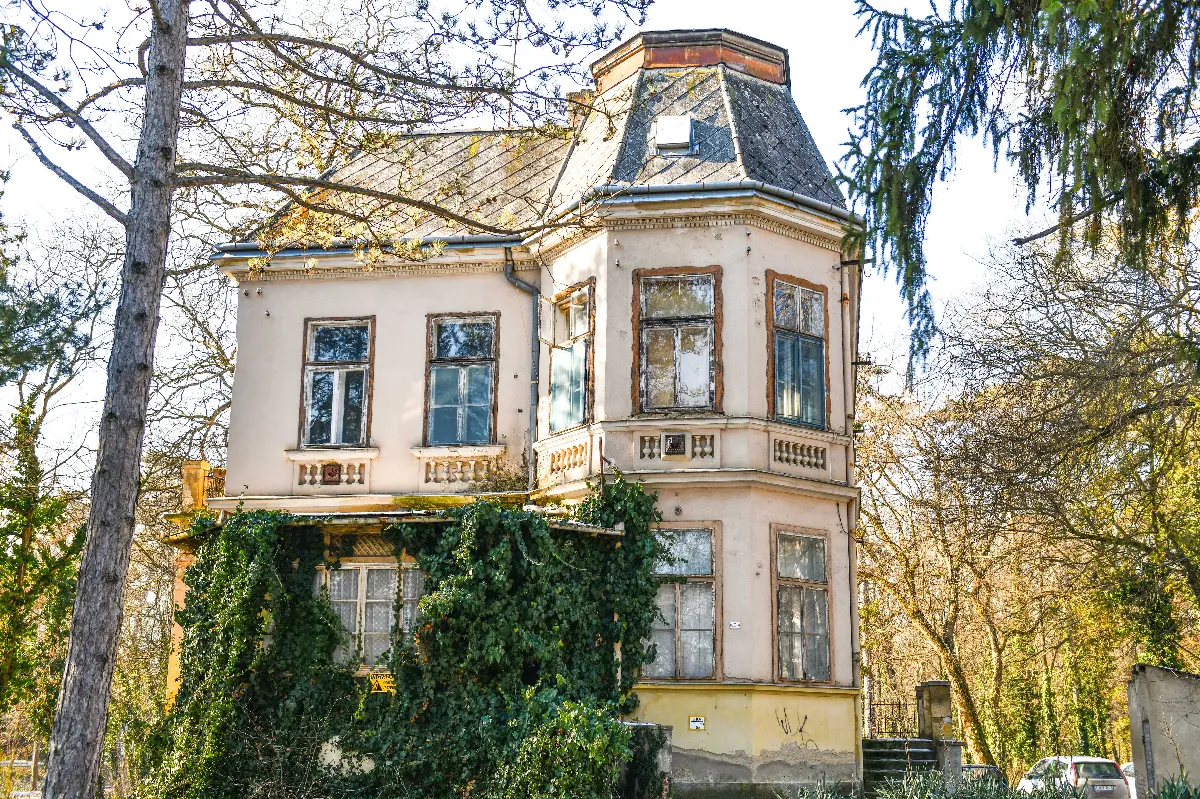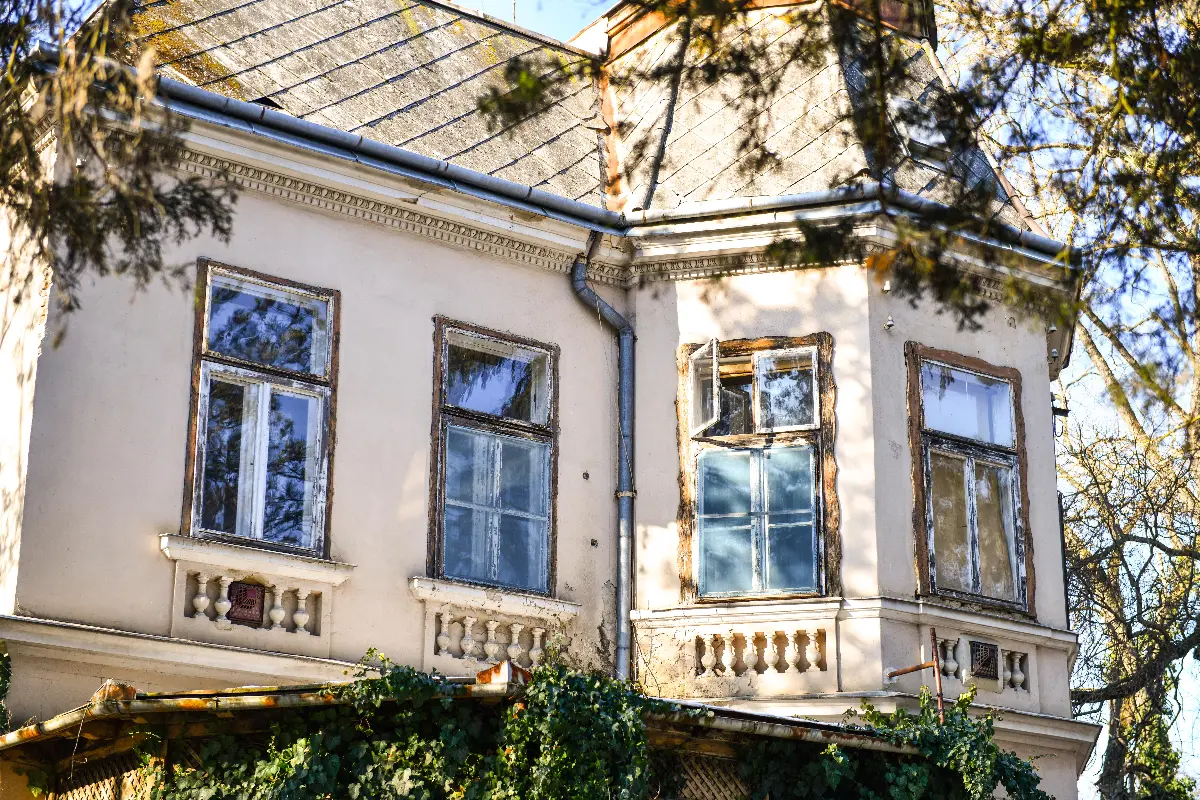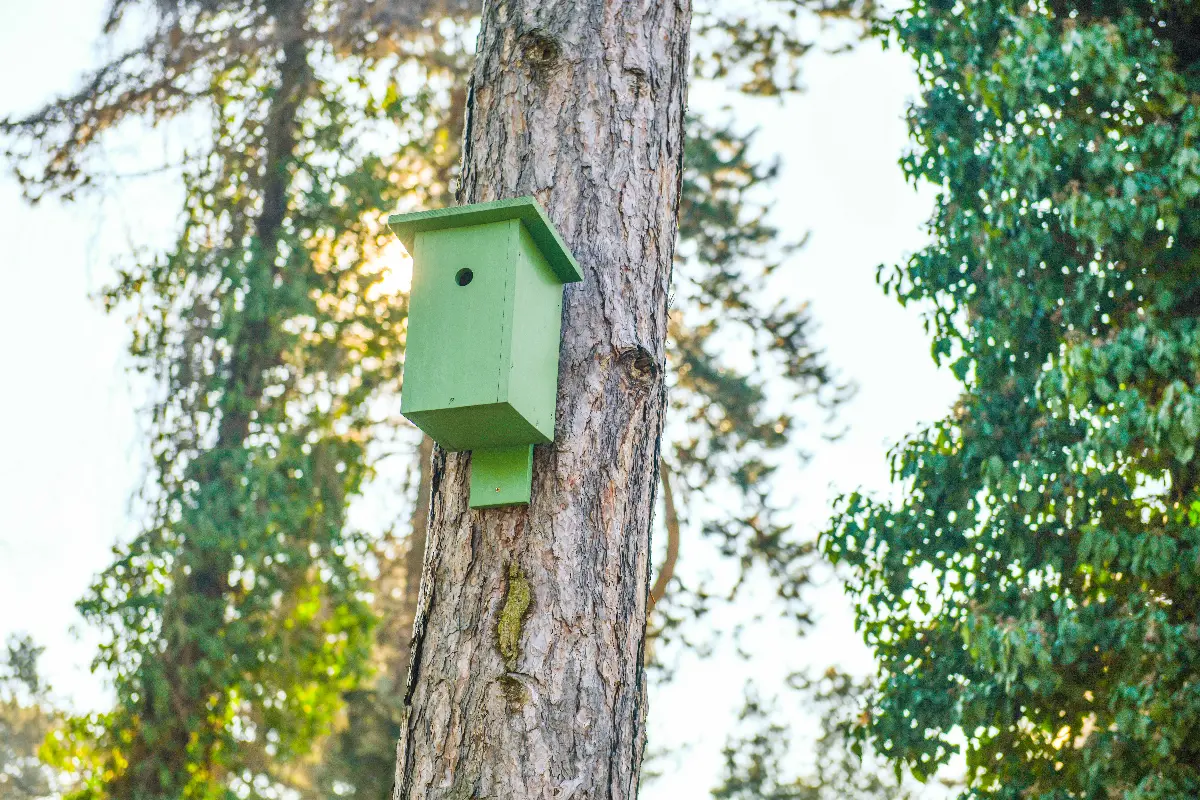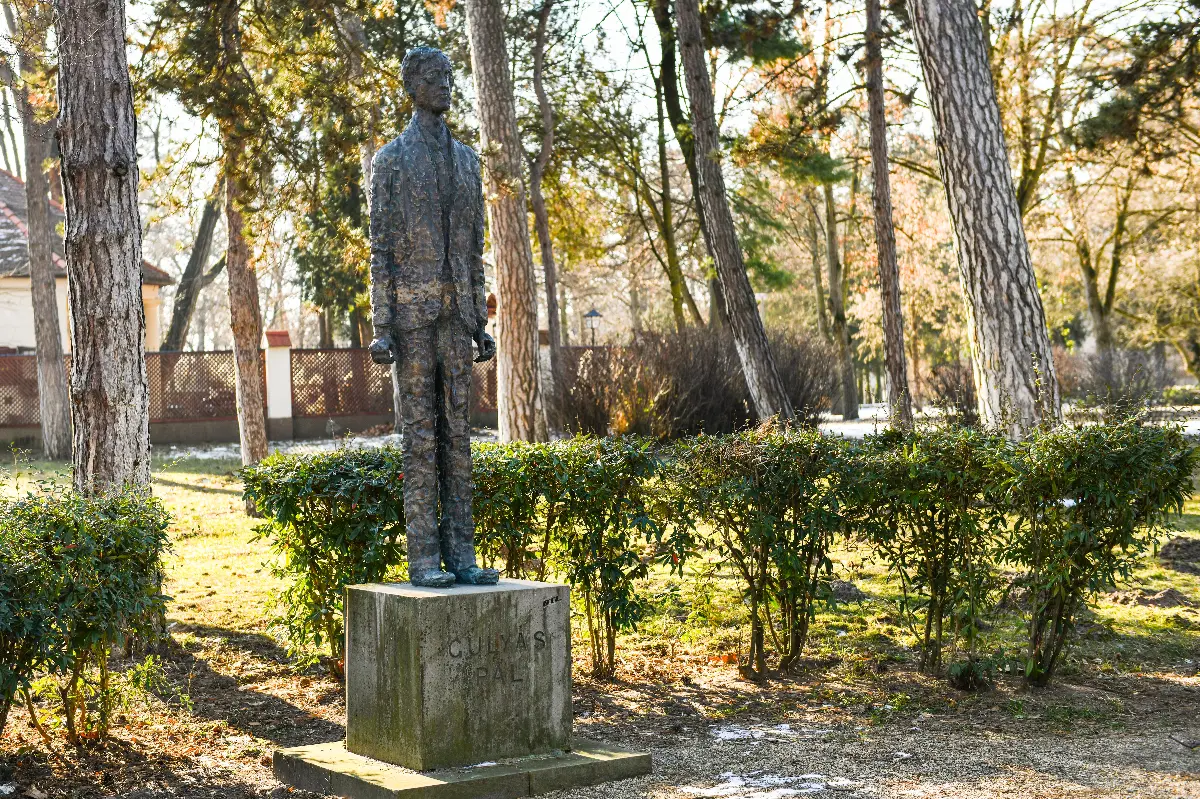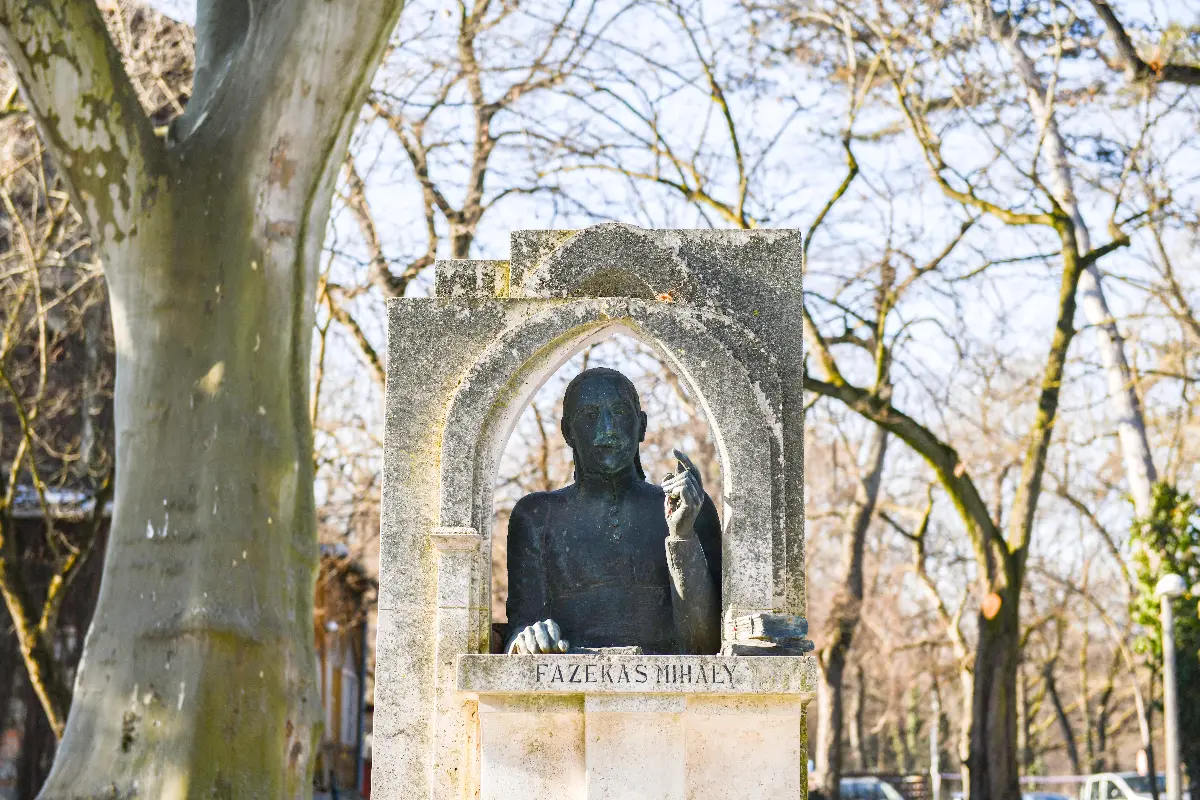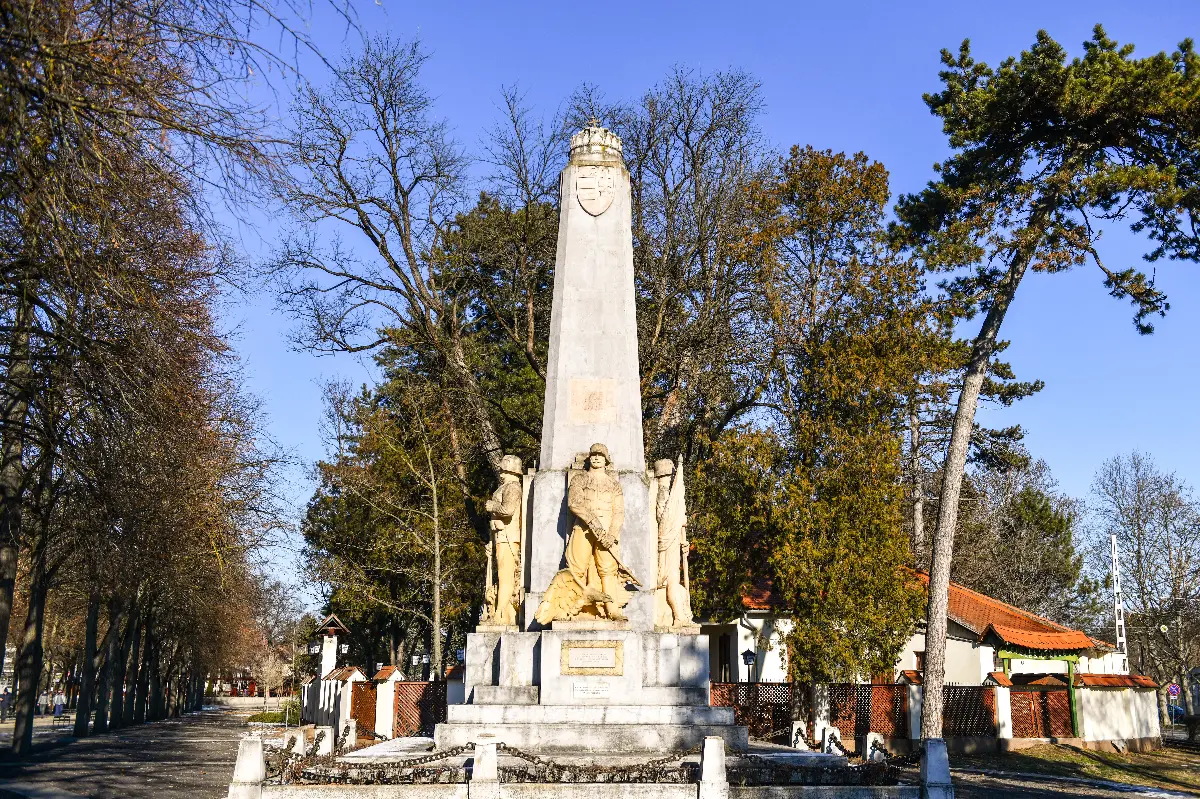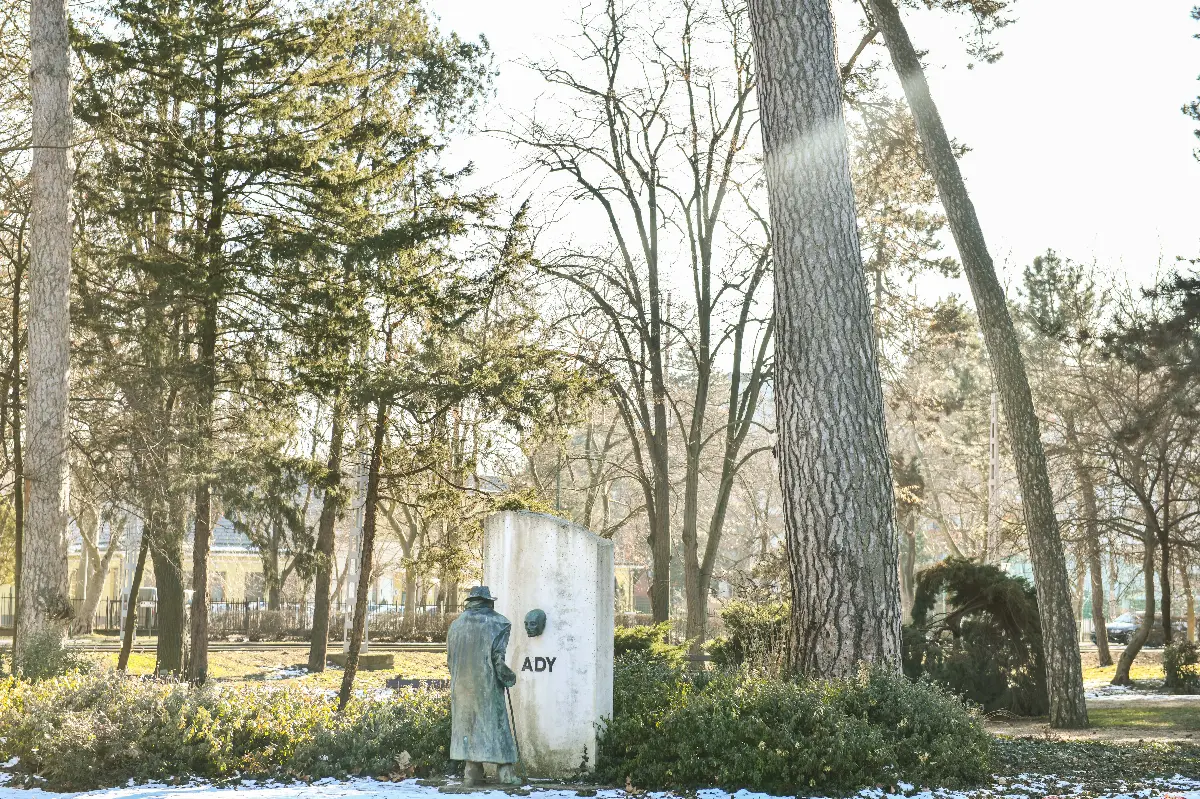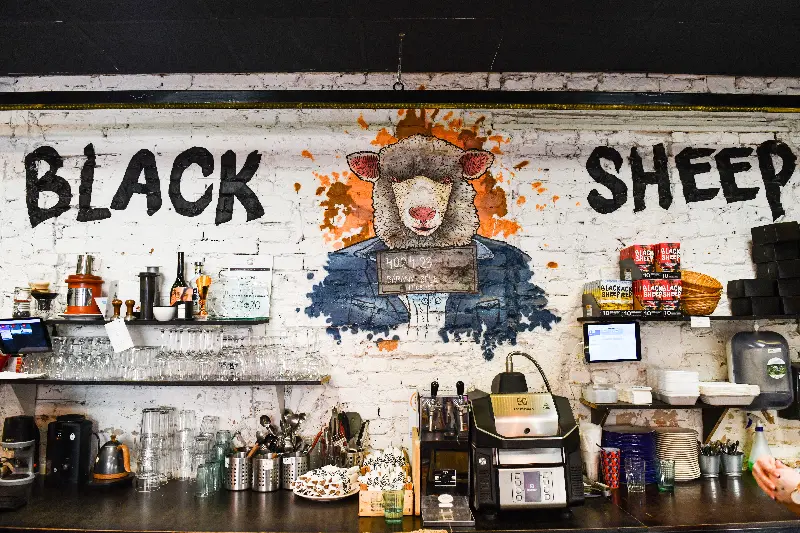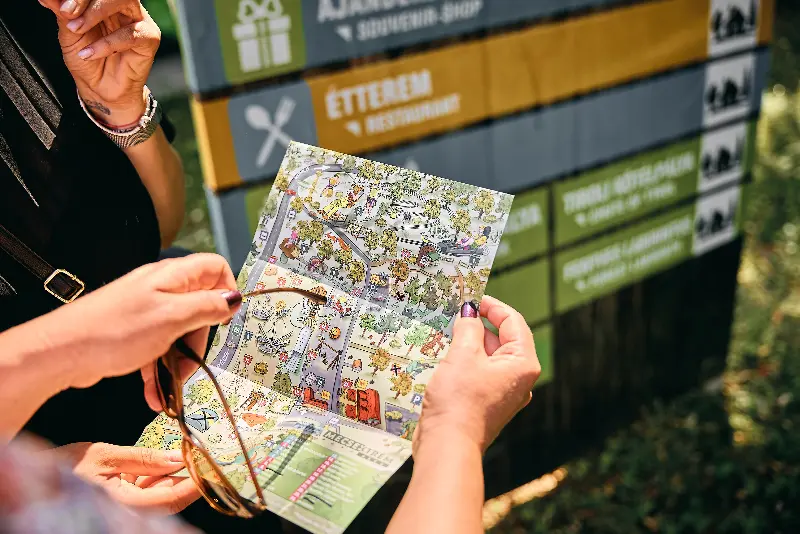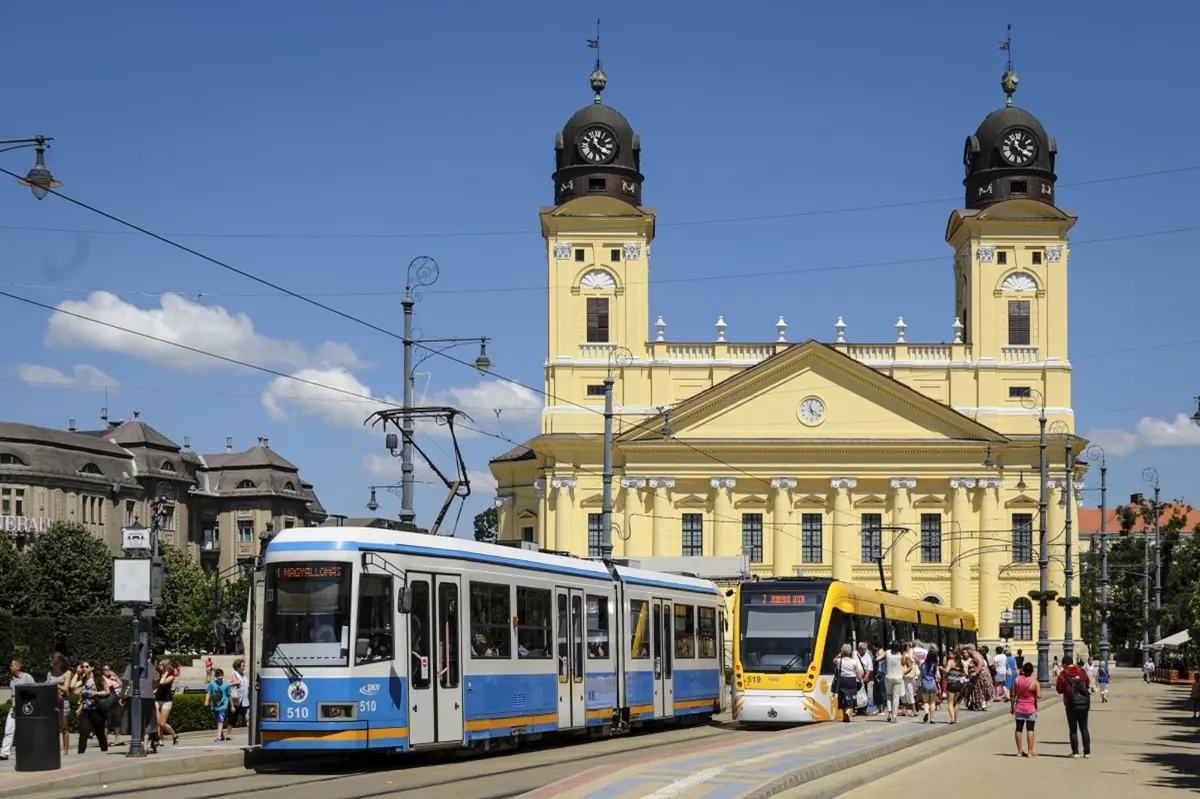
Helyszín címkék:
Travelling by “tuja” (tram) in Debrecen: From the city centre to the “Nagyerdői” (Great Forest)
Jászberényi Attila
Let’s not only focus on the city centre. Leaving “Bem tér” (Bem Square), our tram runs through the “Rózsadomb” (Rose Hill) of Debrecen, the garden suburb in the “Simonyi utca” (Simonyi Street). We recommend wandering around the surrounding streets, where historic bourgeoisie, bauhaus and art deco alternate with each other. From here, the line becomes one-way and makes a magical circle around the heart of Debrecen, the urban part of the “Nagyerdő” (Great Forest).
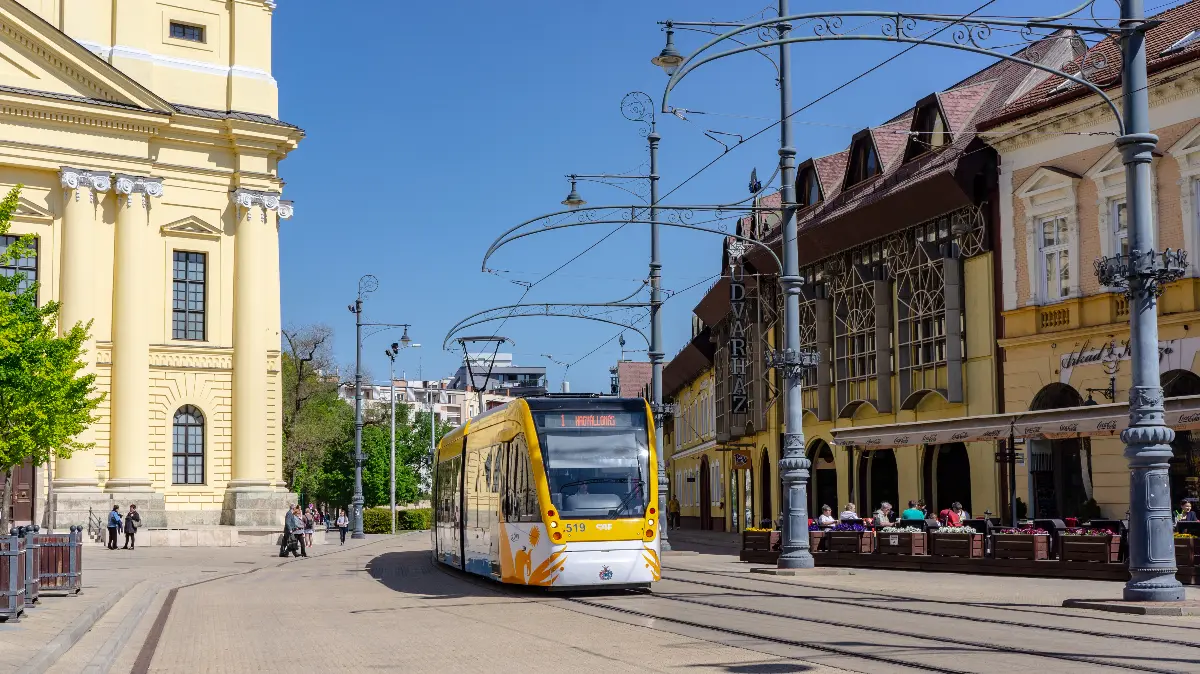
The hussar panel painting
An (unintentionally) playful summary of Debrecen's recent history is located above the reception of the Hotel Óbester. The large-scale mural, inaugurated in 2010, depicts the city's leaders of the time as naive hussars in a famous story. A documentary of the era, great fun and it is free.
Kashmir
A restaurant with an unadulterated oriental atmosphere and fragrance, with flavours of Northern India, juicy meats, vegetarian dishes, authentic, richly spiced and first-hand from the Kashmir chef. Ask for garlic naan bread with everything when you come here for a meal. The chilli-garlic-ginger vindaloo lamb is the best, and, given the amount of capsicum it contains, the boldest choice. This is an island of patience, waiting for the food to come out freshly prepared, meditating or chatting over a big glass of yoghurt lassi. The restaurant was opened in 2006 by Stewe Divan with European elegance. Kuwaiti-born, Pakistani Stewe trained as a chef in Karachi after a brief stint at a technical university, and moved to this city (to which he had never been) to open a restaurant at the age of 28, based on his experience in Budapest.
The Aquaticum and the new beach
Approaching the huge spa complex on foot, you pass the “Leveles Csárda” (Leaf Tavern), the city's leafiest garden, the venue for university seminars in spring. Next to the main entrance to the thermal baths, the building of the “Óvigadó” (Old Restaurant) is noteworthy, a building from the reformation period displaying urban lifestyle of the time. The spa is also an exciting contrast, the retro atmosphere of the pools, perfect for relaxing, is counterpointed by the modern sauna centre, with its Saturday night seances. A must-see attraction for children is the water park's gigantic covered experience pool. The brand-new outdoor beach has a very bold, futuristic building. Of particular note is the buffet line at the entrance, with a select cast of restaurants, especially the “Haljó” (Good Fish), the local centre for inland fish dishes. With authentic cuisine, dishes prepared before your eyes, Tisza fish from carp to catfish, from fish soup to the obligatory fish pâté, with sourdough bread and homemade spread.
“Nagyerdei Víztorony” (Water Tower in the Great Forest)
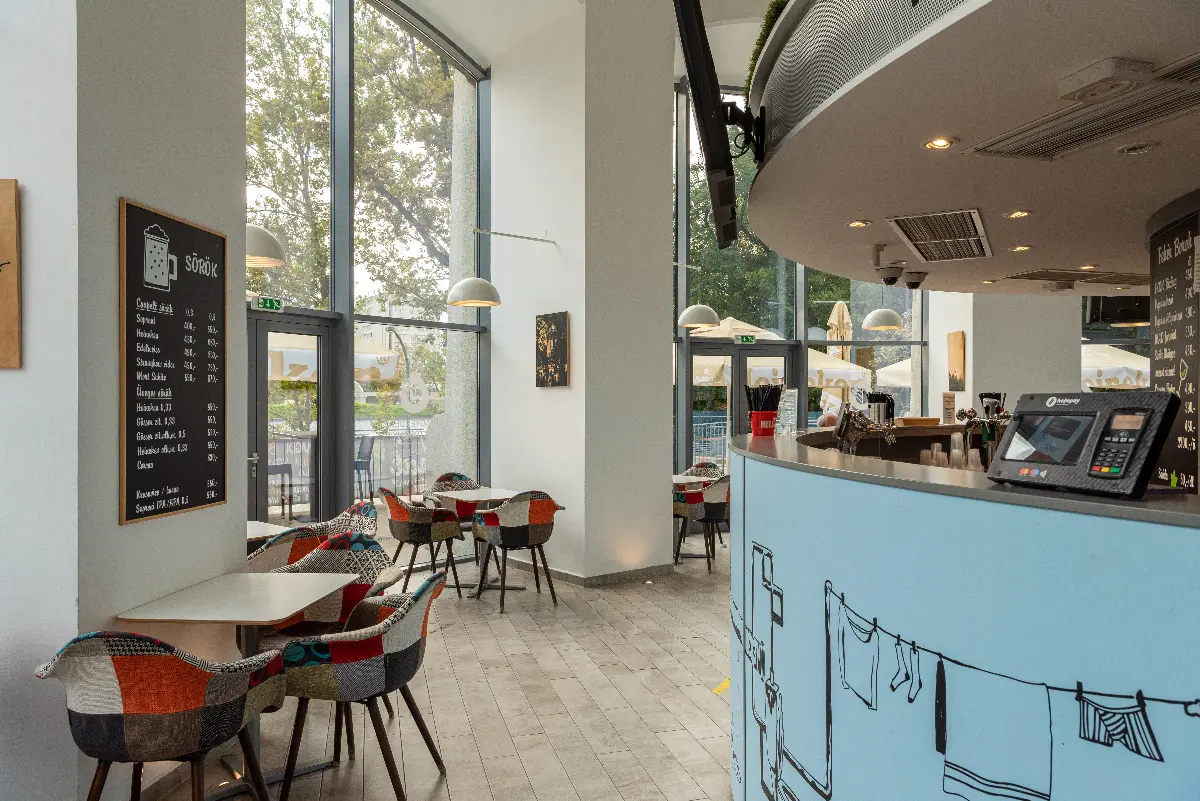
Just across the road from the beachside restaurants is this industrial monument-water tower party place. A mysteriously surreal evening with light painting, alternative music, a view of the “Nagyerdő” (Great Forest) and a climbing wall to release your energy. Eating, drinking and listening to music is guaranteed thanks to its varied programmes and renowned bands.
“A Klinikák” (The Clinics)
These historic buildings are also worth a visit. According to the plaque, it was inaugurated by Charles IV in the last days of his reign during his last public appearance of the last Hungarian king.
The Main Building of the University
A huge, eclectically-imposing building, well worth a look around from outside before you go in. The courtyard recalls the memories of many a freshers' balls and graduation ceremonies, while the faculty rooms of the cloisters tell you about the exam stress of generations. Be sure to visit the library reading room with its church-like ritual atmosphere. It was lucky that it could be built between the two World Wars.
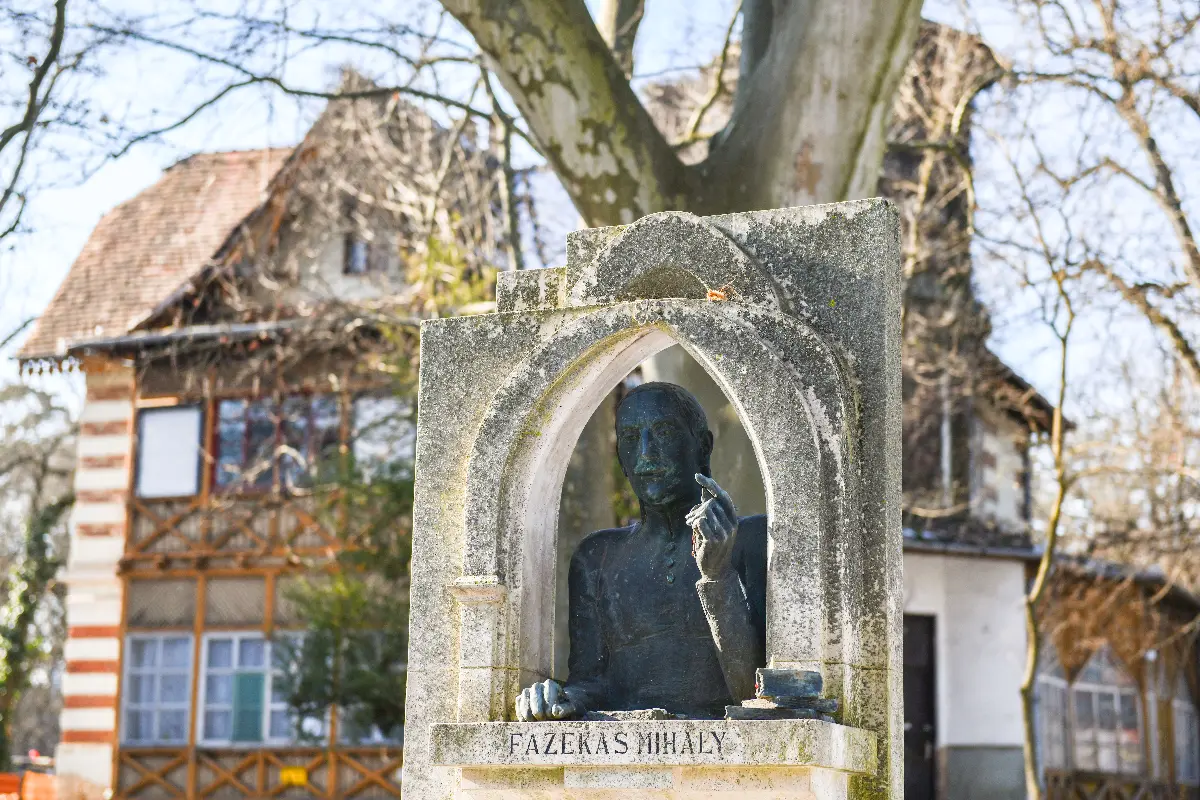
“A Nagyerdő” (The Great Forest)
The Great Forest and the University, as two crucial locations of Debrecen, are locally and spiritually connected. Csokonai had already held a poetry lesson here, but a tour of the area around Lake Békás, the Main Building and the leafy “Klinikák” (Clinics) is like an evening course in the history of nature and science. If you are lucky, you come and visit Debrecen at festival time at the “Nagyerdei Szabadtéri Színpad” (Great Forest Open-Air Stage), which was turned into a top forest venue a few years ago. If you arrive at the right time, you can drink wine, taste top pálinkas, listen to jazz, dance to hard rock, or just lie on the grass before, during, or after these activities.

